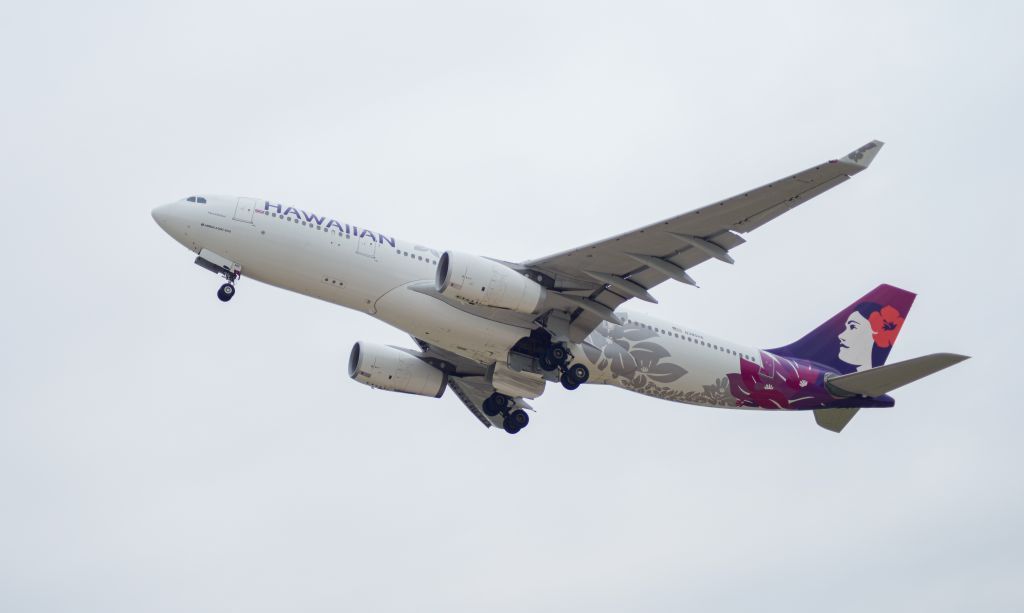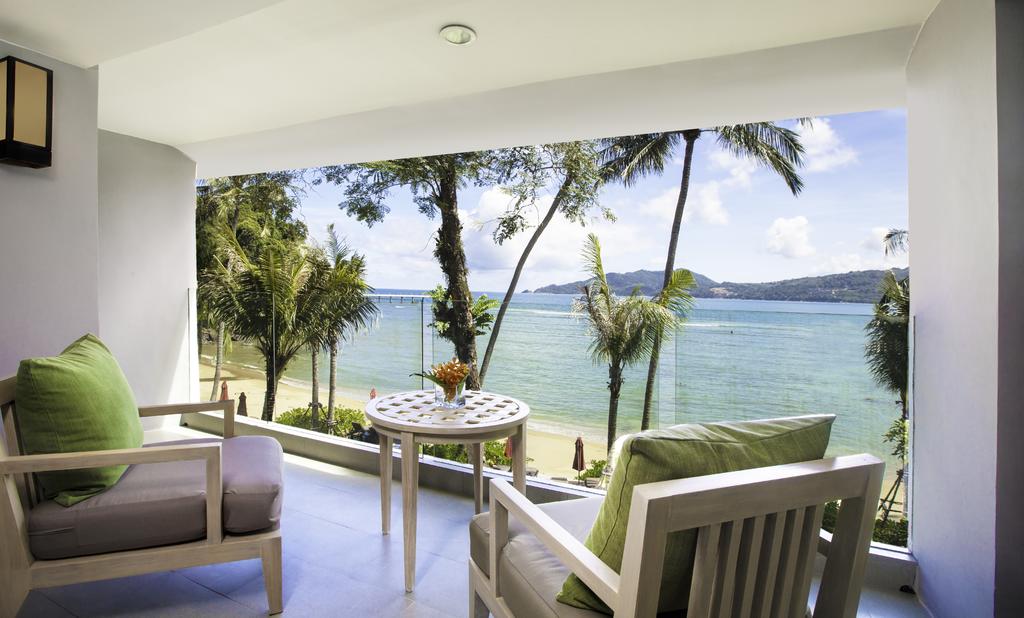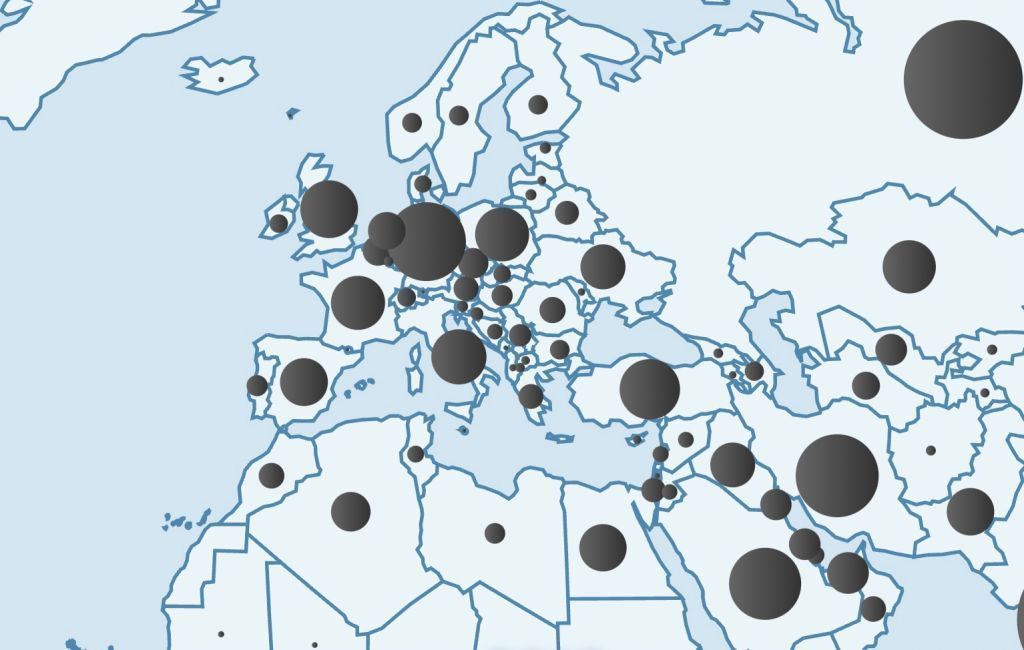A recent study by IPK International and ITB Berlin analyzed trends in foreign trips by young people since 2007. The results show that the number of foreign trips by young Europeans has declined by ten per cent since 2007. The continuous decline in the birth rate is resulting in a falling number of younger consumers while the number of older travelers is rising.
Germany is the new favorite destination of young travelers
In 2014, young Europeans aged 15 to 24 went on 54 million foreign trips and spent about 430 million nights abroad on these trips. Compared to 2007, the number of foreign trips dropped by about one per cent a year.
In 2007, young Europeans preferred to travel to Spain, followed by France, Italy and Great Britain. However, youth travel to these four countries declined by 1-2 per cent a year up to 2014. In contrast, Germany rose in popularity among young travelers and has established itself since 2013 as their most popular destination. In total, Germany recorded growth of 60 per cent to reach more than seven million young European visitors.
The positive media reporting and accompanying marketing measures at the football World Cup in Germany in 2006, which contributed to a worldwide image of Germany as a hospitable and open country, played an important role. Other destinations such as Sweden, Croatia and the Netherlands also enjoyed higher young visitor volumes. In terms of the most popular city destinations, London is just ahead of Paris, followed by Copenhagen, Munich, Berlin and Amsterdam.
Travelling for a holiday. That is the main motivation for the clear majority of young Europeans, with one third going on a short holiday trip. The other reasons for travel include educational trips or visiting friends (without any holiday motivation). So-called ‘sun & beach’ holidays make up about one quarter of all foreign stays. Sunbathing, swimming and relaxing as well as shopping and going for meals are some of the most important activities.
City trips and tours closely follow beach holidays in popularity. The remaining quarter comprises other types of leisure travel, such as events, summer and winter sports, and travel for special occasions (such as weddings or birthdays). Only 12 per cent of trips are for business purposes, where MICE trips to conferences, seminars and trade fairs and on incentives dominate.
Fewer than half of young foreign holidaymakers book hotel accommodation, although the proportion has continuously risen by about one per cent a year since 2007. The share of free accommodation has declined by the same rate during this period. A slight increase in new forms of accommodation such as couchsurfing or internet bookings of private flats has only been apparent since 2014. On average, young Europeans spent slightly less than 700 euros per trip in 2014, and slightly more than 80 euros per night.













